Digging the garden soil it is a classic cultivation operation that is very effective for preparing the substrate for future crops in the best possible way. With digging it is possible to work the soil manually, without necessarily needing mechanical tools. It is therefore perfect for those who have a small vegetable garden and want to keep the soil healthy and productive. Digging is different from hoeing, with the hoe you do more of breaking and refining work, while with the spade the soil is turned over. So it is good not to confuse the two different practices.
In this article, therefore, we see the different facets of the soil digging technique.
How is the spade made?
A spade is a tool for agricultural work formed by a rectangular or triangular blade, sharp and straight (without curvature like the shovel), mounted on a long and robust handle. The blade of the spade is used to cut and turn the soil, while the handle provides a firm grip for the farmer.
Spades can be made of a variety of materials, such as carbon steel, stainless steel, or wrought iron, and can have a slightly different shape and texture depending on their specific use. For example, many spades are equipped with an iron support above the blade, having to be able to exert force and exploit the weight of the body. For harder soils the triangular shape is recommended, for loose ones rectangular is also fine. In general, a spade needs to be sturdy, sharp and well balanced to ensure effective tillage. There are several models on the market, here you will find a selection.
What are the benefits of digging the soil?
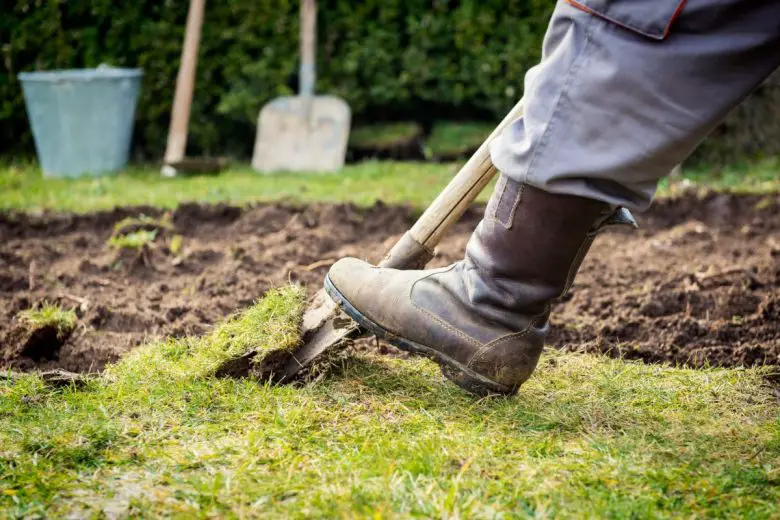
Digging is an operation which consists in breaking the surface of the earth by entering the ground, lifting and turning the clods, to create a soft, well-leveled soil free of weeds. Digging is done to prepare the soil for planting or growing vegetables and plants. Shoveling helps aerate the soil, improving the circulation of air, water and nutrients. It can also help improve soil structure, making it looser and less compact.
The main disadvantage of digging is that by breaking the first few centimeters of the soil it compromises the delicate balance of underlying microorganisms. For this reason, digging of the soil should not be done often.
When to dig the garden?
Digging of the soil is usually done in spring or autumn, before major seeding or planting. This is because during these periods the climatic conditions are optimal for preparing the soil, with milder temperatures and adequate humidity. In spring, digging helps prepare the soil for planting annuals or planting perennials. In the fall, digging helps prepare the soil for planting winter plants or clearing the garden at the end of the season.
It is important to note that digging should not be done when the soil is too wet or too dry, as this can make the job much more difficult and cumbersome. Absolutely, on a small plot of land with adequate crop rotationsdigging can be done once every 2 years. Once a year if the land is heavily exploited.
As for working times, it is advisable to plan digging in time, with the vegetable garden designat least 10-15 days before the planned transplants and sowings.
How to dig the ground
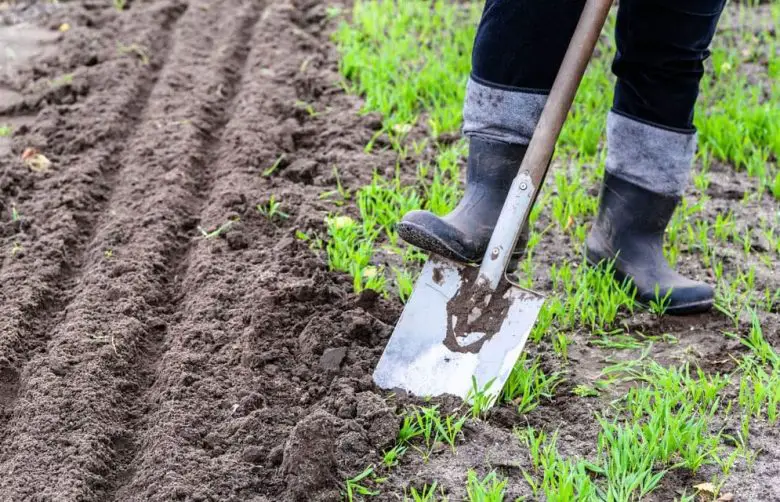
For optimal digging of the soil, the blade of the spade must be inserted practically straight into the ground and sink by leveraging its own weight. The ideal is that the blade of the spade goes all the way to its full length. At this point the clod is moved, lifted upwards finding the right inclination and turned over. In practice, the earth turns upside down. Repeat this movement across the area to be dug, working backwards, in a smooth, even motion. In order not to get too tired, it is important to exercise the right leverage with the body. To go deep into the ground, the weight is used by climbing on the blade or on the support, to turn the earth, bend the knees and work with the arms, so as not to load too much on the back.
Once the digging is finished, the ground can be further leveled using a common rake. If the clods are too large and compact, we recommend refining and breaking the clods with a hoe. We say that hoeing completes the work of digging.
Digging the garden and fertilizing the soil
Another fundamental work that is done in an organic garden is the organic fertilization. Soil fertilization can be combined with garden digging in two different ways. You can first spread the fertilizer on the field and then dig as seen above, but in this way the organic substance risks going too deep into the ground. The second method involves digging the earth first, then spreading the fertilizer and finally hoeing it to improve the soil. With good basic fertilization and correct digging we will certainly have excellent results in future crops.
What is the difference between a spade and a spade?
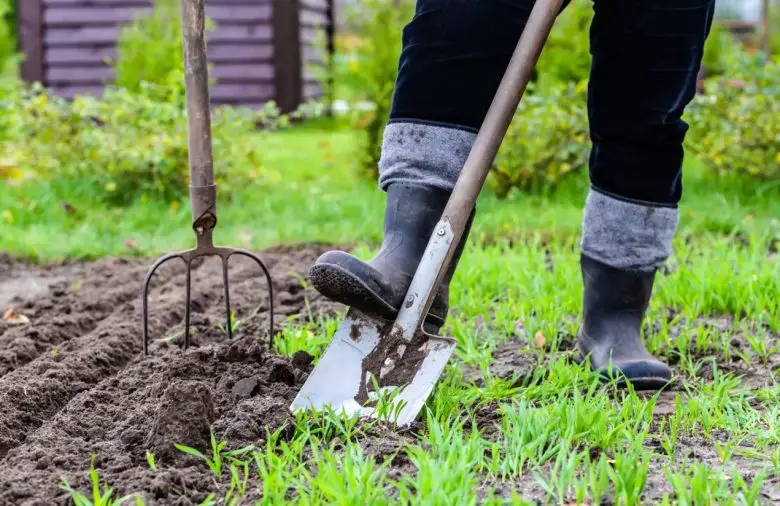
Not everyone is convinced that digging is good for the soil, as in classic digging this is turned over. For the common work of the garden many use the spade-fork (or grelinette). With this tool, made with teeth and not with blades, you enter the ground as with a spade, but you don’t turn the clod, you simply open the ground and ventilate it, meanwhile keeping the surface layer rich in microorganisms. This implement is ideal on loose soils, less so on hard and compact ones. In our opinion, in a well managed and diversified garden, both tools can be useful to the organic farmer.




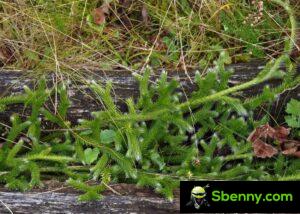
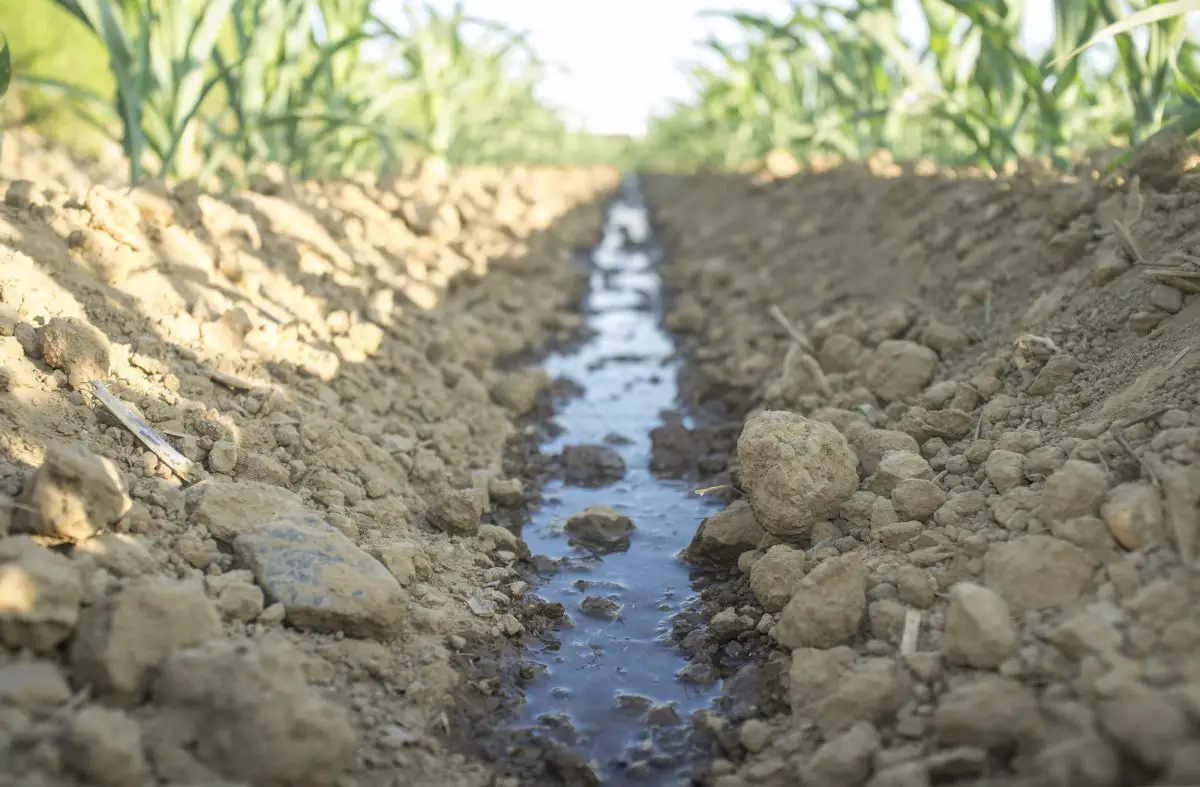

Start a new Thread